In this 3 part post you will find a Preliminary Report that invites potential partners to explore and operate a first tour to Southern France and form an ecotourism company. There will be various pictures of the proposed tour area and just a small sample of the sites and animals. NOTE ONLY ONE POST IS UP NOW...but it has the pivotal report.
INITIAL BRIEF REPORT: ECOTOURISM RESEARCH TRIP TO S FRANCE and TOUR COMPANY PROPOSAL
Introduction: Here we present a proposal seeking stakeholders/partners to explore an ecotourism trip and the related start up and growth of a new ecotour firm.
The ecotourism business model is only four decades old; the growth in gross revenue and offerings has been substantial. Global growth in ecotourism, assuming a broad definition, has been over 10% YOY for decades. Protection of some open space, forests and biodiversity hotspots has occurred globally due to the potential and realization of ecotourism. The necessity of supporting infrastructure for the model has resulted in significant local community benefits including the start of many ecolodges etc.
Southern France has scores of premier attractions, both natural and cultural, making it marketable to a broad segment of the travelling NJ/Metro/USA demographic. In the past NBPs/RRWA’s zoologist has gone into detail about the tangible strengths of a first trip for a new company exploring S France; the points will not be repeated in length here. The Mediterranean with its varied attractions can appeal to couples, families or group of friends that may have only one serious naturalist, photographer or birder since the other participants will have many possible activities and sites that excite them.
In April 2018, after receiving favorable comments on the eventual sponsoring of an ecotourism trip by various NGOs and individuals, our zoologist visited, researched and birded the area. He personally funded the ~ 11 day trip; the time invested in the trip and business concept has been substantial.
His opinion that this is a “good starter trip” for several reasons has been strengthened by this recent visit. It may be a good trip to offer for a new tourism entity that will likely expand its trip offerings in a measured way.
Scope and Purpose of this Brief Report : This report will only have superficial information since some concepts, ideas, marketing strategies, research results, etc. have proprietary or confidential implications and final partner(s) and exact optimal, corporate structure has not been discussed. Likewise a detailed demonstration here by any of the partners’ ideas, knowledge and skills sets related to business operation and marketing an ecotourism effort is premature. Detailed ideas should only be fully shared in less public forums with the final set of partners.
Investment or start-up funds to organize and run a company needs to be established. It also may be pertinent and necessary to have a company separate from the non-profits for efficiency; the non-profit structure and entities may better serve an ecotourism startup by marketing the trips in return, for example, stakeholder building, fulfillment of their mission, membership dues, exciting publicity and eventual donations.
This report’s purpose is to start some serious formal discussions on the various subjects and steps discussed.
Goals and Time Table: Once the various parameters have been agreed upon resulting in a more formal agreement on company structure, a more detailed business plan (BP) would be helpful and necessary. While the BP is being worked on concurrently a first trip itinerary would be formalized and local guide (in France) relationships promulgated. Again this report is a preliminary step in the hopes of a trip being offered and a more robust business model being produced that will detail how to obtain an acceptable and sustainable cash flow within 5 years. The trip offering can occur before the final BP is complete; the company and first trip would be governed and guided by some interim guiding BP or agreements.
Readers must take this report’s “initial trip” scope in the context that it is an early step of a business effort that will gradually add more trip offerings to various desirable places. Every long trip starts with one step. Growth is expected to be measured, incremental and strategic to assure a high quality experience for both partners and the public. Our zoologist has been to hundreds of international tourism locations and “biodiversity hotspots”; he was purposefully assessing ecotourism potential. This will reduce the new firm’s research costs for trip offerings by tapping into direct experience with potential destinations and pre existing ground truthing, tapping into global business relations already established and more.
After basic business structure, budgets, costs and responsibilities are agreed upon the next short term goal is to market, book and successfully complete the inaugural trip. This trip could only be in 4-6/19 if the partners worked daily towards that goal. More likely is a fall 2019 or late spring 2020 trip to S France.
Trip offerings would be added each year as possible based on our zoologist’s and partners’ advice, further research and agreement. A medium term goal, 5 years or less, would be to offer one trip per month; this would smooth out workload and cashflow. The rate of growth of trips offered, and the correlates of gross and net revenue is often dependent on work ethic, business and management skills and the amount of capital investment in the business especially marketing and advertising capabilities.
A small subset of ecotour companies eventually establish a complimentary lodge where they run the tour business out of. The pros and cons of owning and operating a lodge are many; a lodge can be expensive and time consuming; there are geopolitical and economic risks. Regardless a lodge can be a potential goal for the new firm.
Note that NBP has a global mission scope reflected by its website and Journal “The Biodiversity River”. These media resources will be important to reduce the costs of marketing the trips. The Journal is in the process of being viewable on NBP’s developing website.
Trip Results, S France: S France has an eclectic mixture of scenery, castles, ruins, museums, cloisters, architecture, history, cultures, art, fairs, food, eateries, outdoor markets, stores, vineyards, farms, beaches, marshes, wetlands, parks, forests, plains, mountains, lakes, rivers, a sea, animals and more. There are many small towns and two larger cities like Marseille near the best area for tours in S France.
I visited approximately 3 wildlife areas including some mid- altitude slopes of the Alps as I traveled slowly for ~ 5 hours from the border of Italy west to Arles, France; this medium-sized town could be a hub for most of the activities in the adjacent large Camargue Nature Park ecosystem. The s is silent in Arles. These initial 3 wildlife areas in SE France are less important to a first trip since they may not be needed due to more proximal airports and sites around Arles.
Arles is the gateway to the large Camargue ecosystem which is hundreds of thousands of acres of mostly wetlands, with some uplands; the area has many ownership jurisdictions but are mostly accessible. The town with a population of ~ 50,000 sits on the Rhone River; it is compact and walkable with museums, galleries and the famous St. Trophime Church and Cloister. It has two ancient Roman Amphitheaters to explore and Van Gogh lived and painted hundreds of canvases in this area for 2.5 years. There are pedestrian promenades, small shops, restaurants and scenic squares.
The Camargue ecosystem is in part the Rhone River delta which is famous for marshes and the more African centric bird, the Greater Flamingo. Thousands of striking flamingos breed in the Camargue along with many other bird species, resident and migratory.
The birds and animals were relatively approachable and photographic in the area likely due to the lands recent history of passive ecotourism. Our researcher in general rates the area very good for bird photography, scenery and pleasantness. Attached you will see a small sample of what he was able to capture in a single, relatively short trip The area is good for biodiversity but certainly it does not approach any tropical area and is closer in biotic value to a temperate latitude as one would expect. The biodiversity scale is of course influenced by excellent areas of Africa, Colombia, Panama, Ecuador, etc. which are not a fair comparison to any temperate area.
Our zoologist visited almost every notable park and birding location in the Camargue with notes, business cards, maps and pictures; this was ~ 60 stops in ~ 25 locations. All of these stops are within 15 minutes to 3 hours from Arles. He would be able to comment on any itinerary to this area in detail.
There are at least 3 other smaller towns and a larger, famous city in the potential tour area that are important to the contemplated itinerary. These towns may be important as staging/overnight areas to visit several other biodiversity/birding and cultural highlights. It is beyond the scope of this report to list all likely areas to visit and their individual highlights although planning media to partners and premarketing material and itineraries to paid clients will go into greater detail.
Only 20 minutes NE of Arles is the storybook-like medieval village of Les Baux-de-Provence which meets our needs. This town has some spectacular sights and views with ruins and areas to see wildlife; this town with Arles have several UNESCO World Heritage sites.
Additional important parks/areas to be visited on this tour will likely include The Natural Reserve of Crau and Alpilles Natural Park. Our zoologist visited these areas in the subject trip. Birding highlights include Eagle Owl, Stone Curlew, Little Bustard, Calandra Lark and many more species.
Local Guide: Our zoologist had multiple preliminary meetings while in France with a potential local guide, who speaks excellent English, with years of field experience in France garnered by successfully completing hundreds of tours. Our zoologist was also in the field with this guide and found him to fit our basic requirements.
Conclusion: This is a very good area for an initial ecotourism trip; this could be an annual offering for a successfully run ecotourism firm.
Short term goals would be to form a corporate partnership and successfully complete the "inaugural" trip in 2019 or more likely 2020. A longer term, important goal would be to offer 12 ecotourism trips a year within 5 years.



















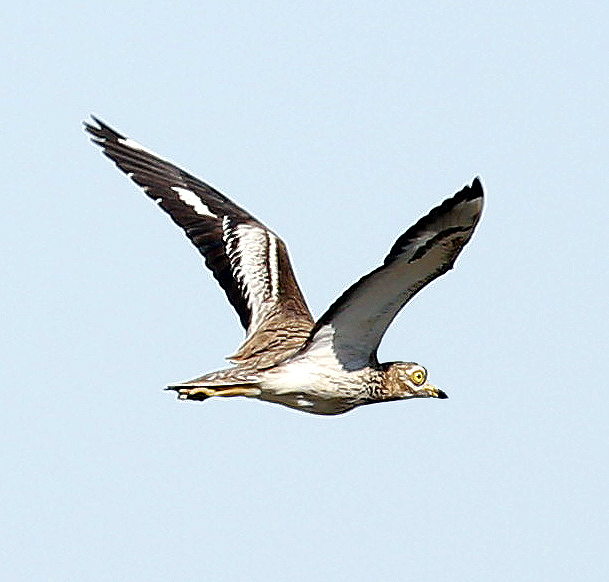
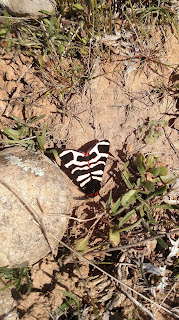























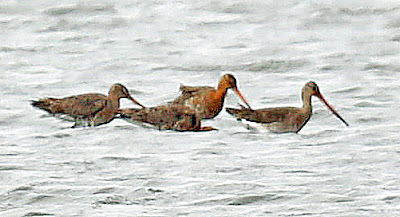
























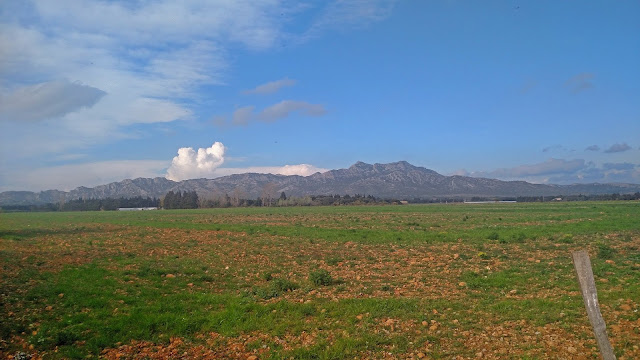
















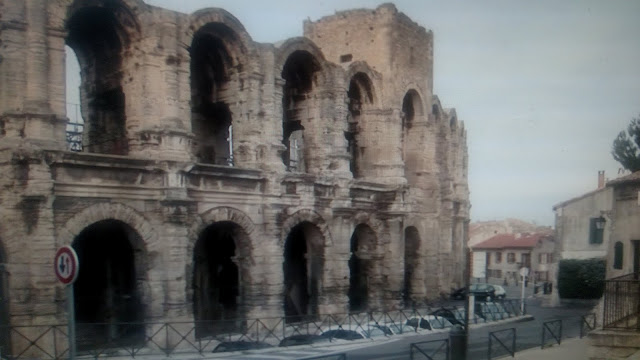




This comment has been removed by a blog administrator.
ReplyDelete